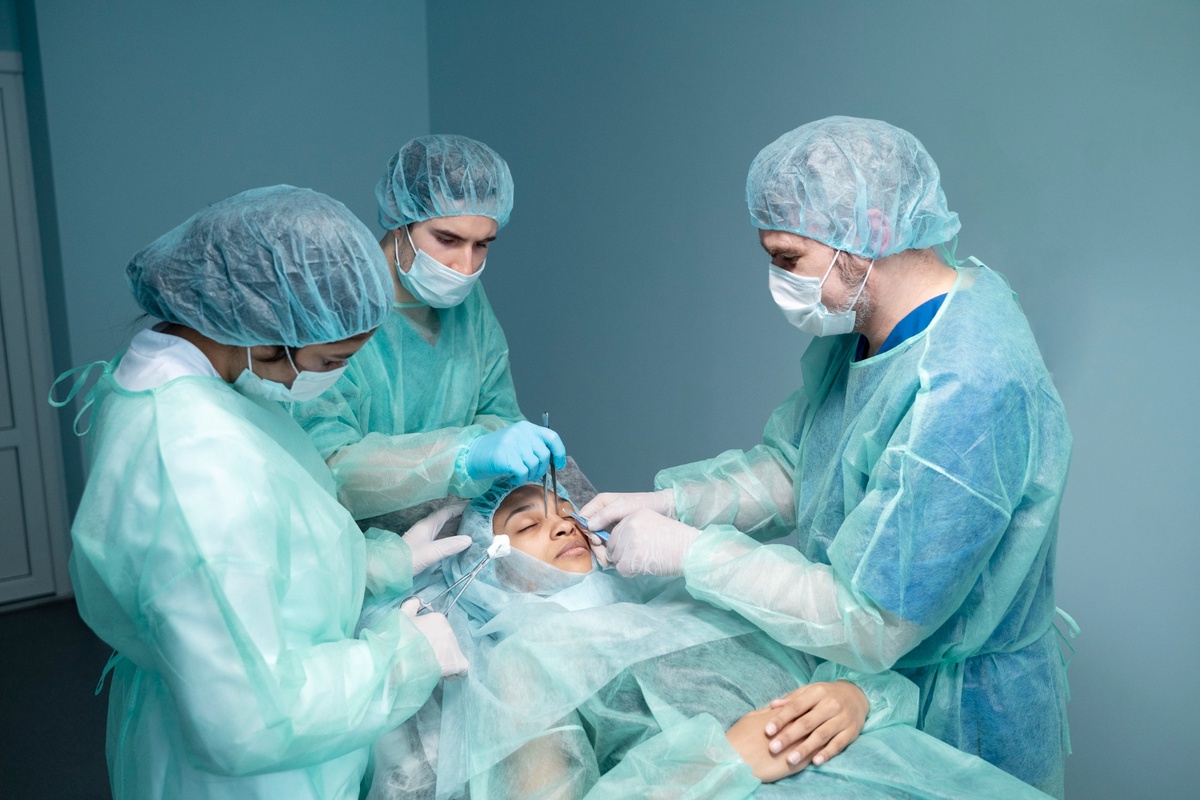Hey there, tech enthusiasts and fellow innovators! Today, we're diving into a crucial aspect of integrating USB cameras into medical devices: ensuring compliance and regulatory standards. As we all know, the healthcare industry demands utmost precision, reliability, and, above all, adherence to strict regulations. So, let's explore how we can seamlessly integrate USB cameras into medical devices while staying compliant.
-
Understanding the Regulatory Landscape: Before we delve into the technical nitty-gritty, let's get a grasp of the regulatory framework. In the realm of medical devices, governing bodies like the FDA (Food and Drug Administration) in the United States and the European Commission set stringent standards to ensure patient safety and device effectiveness. For USB cameras, regulations encompass aspects like image quality, data security, and interoperability.
-
Compliance Challenges: Integrating USB cameras into medical devices poses unique challenges. These include maintaining image quality for accurate diagnostics, ensuring data privacy and security to safeguard patient information, and achieving seamless compatibility with existing healthcare systems.
-
Image Quality and Diagnostic Accuracy: High-quality imaging is paramount in medical diagnostics. When selecting USB cameras, prioritize factors like resolution, frame rate, and color fidelity. Aim for cameras that meet industry standards for medical imaging, such as those outlined in IEC 60601-1-2 for electromagnetic compatibility.
-
Data Security Measures: Protecting patient data is non-negotiable. USB cameras should adhere to encryption standards like AES (Advanced Encryption Standard) to secure data transmission. Additionally, implement robust authentication mechanisms to prevent unauthorized access to sensitive medical imagery.
-
Interoperability and Integration: Seamless integration with existing healthcare infrastructure is vital for usability and efficiency. USB cameras should comply with industry protocols such as DICOM (Digital Imaging and Communications in Medicine) for standardized image exchange. This ensures compatibility with PACS (Picture Archiving and Communication Systems) used in medical imaging.
-
Tips for Ensuring Compliance:
- Conduct thorough risk assessments to identify potential hazards and mitigate risks associated with USB camera integration.
- Stay updated on regulatory guidelines and standards relevant to medical devices and imaging technology.
- Collaborate with reputable USB camera manufacturers with a track record of compliance and quality assurance.
- Document all stages of development and testing to demonstrate adherence to regulatory requirements during audits.
-
Conclusion: Integrating USB cameras into medical devices presents exciting opportunities for enhanced diagnostics and patient care. However, navigating compliance and regulatory standards is paramount to ensure patient safety and regulatory approval. By understanding the regulatory landscape, addressing compliance challenges, and implementing best practices, we can harness the full potential of USB cameras in revolutionizing healthcare delivery.
So, fellow tech enthusiasts, let's continue pushing the boundaries of innovation while prioritizing compliance and patient well-being. Together, we can shape a future where cutting-edge technology and regulatory compliance go hand in hand to improve healthcare outcomes. Until next time, stay curious and compliant!
Author: Chris


No comments yet